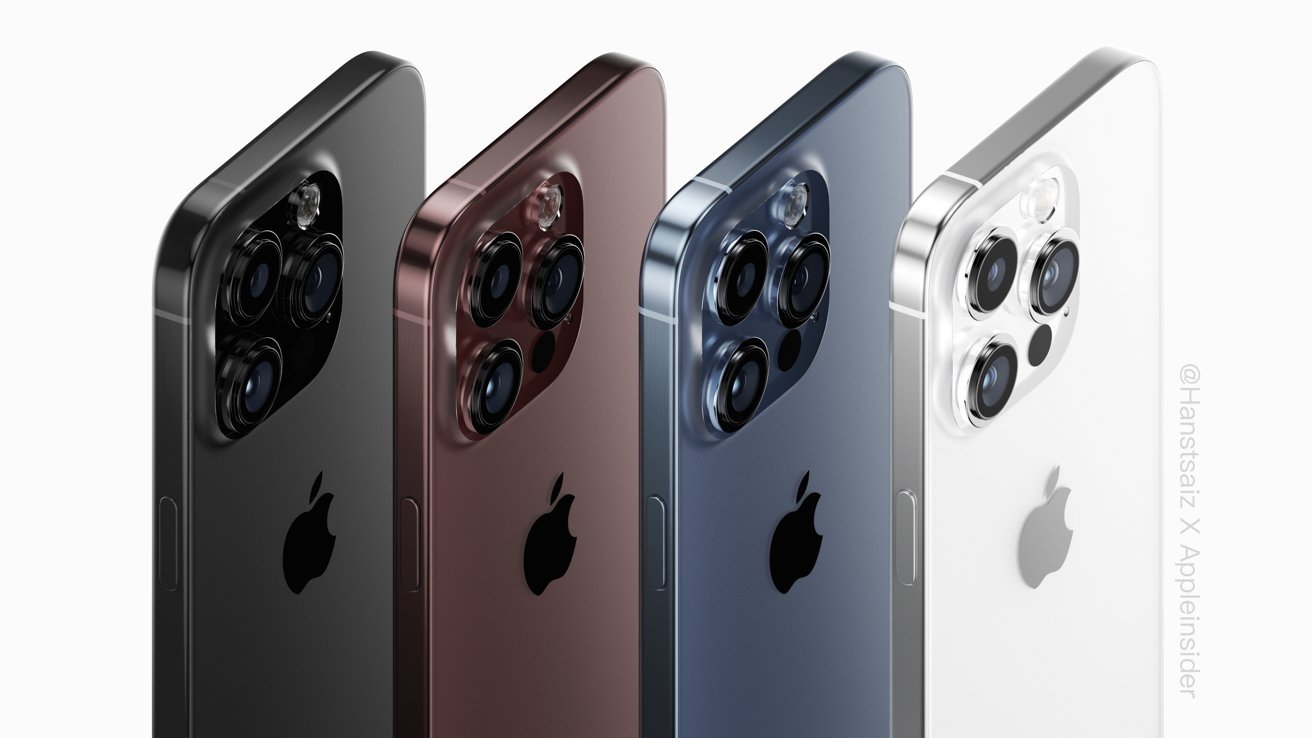The iPhone 15 is rumored to use a “stacked battery” that could result in lower heat and a better overall battery life.
Battery technology advances often result in devices having more power available to use, among other improvements. According to one leaker, it seems the iPhone 15 will benefit from one major technological change.
Prolific Android leaker “@RgcloudS” posted a tweet about stacked battery development in Samsung devices, but also passes comment on Apple. While Samsung’s “on track” to introduce a stacked battery for smartphones, the leaker writes “Apple used it on entire iP15 lineup,” referencing the iPhone 15.
If true, this could result in a number of benefits to the iPhone 15 range when it comes to power, including faster charging, higher capacities, and a considerably extended battery life.
1/3
Stacked battery is on track, but limitedMost likely only for 24U & 24+
or just 24Umeanwhile,
apple used it on entire iP15 lineup24U & 24+ have “rated” 5000 MaH
But 24U stacked structure is different
to make it cooler, they applied cooling gel. for 65W & stability https://t.co/8khM2oAToc— RGcloudS (@RGcloudS) July 12, 2023
The leaker doesn’t go into detail about Apple’s own batteries but does discuss Samsung’s prototype samples. Samsung’s apparently still waiting for stacked battery equipment to arrive at a plant owned by subsidiary Samsung SDI.
What is a stacked battery?
A stacked battery is a specific method of producing battery cells, or at least in how the elements of a battery are assembled and packaged.
A battery is made up of positive electrodes and negative electrodes, produced in long strips. In a typical battery cell, these are rolled up in a “winding” process before being packaged.
A stacked battery cell instead uses the elements as well as separators, but folds them into zig-zagging layers instead of a roll., in what is referred to as lamination.
By using folded layers instead of a roll, the packaged cell has less wasted space compared to a wound cell, so more material is included and therefore it offers a higher capacity.
The layered construction also means the battery works as a multi-pole battery rather than a single-pole wound battery. This allows there to be less resistance in the battery itself, so there is far less heat generated when it is charged or discharged.
The heat is also generated more uniformly throughout the cell, instead of being focused on a single area. Spreading the heat across the battery means it won’t get worn out as quickly compared to wound battery cells, extending its life.
The stacked battery is also capable of being charged and discharged at far higher rates. This equates to faster charging of devices, as well as the potential for those devices to draw more power from the battery if required.
While a relatively new technology for smartphones, the technology has already shown some promise in another field. It is commonly used to produce batteries for electric vehicles, a device that needs to massively draw power and to recharge as quickly as possible, and benefits greatly from higher densities.
This story originally appeared on Appleinsider


![A stacked battery can be more dense than a wound battery [Grepow]](https://photos5.appleinsider.com/gallery/55416-112576-stackingbattery-xl.jpg)